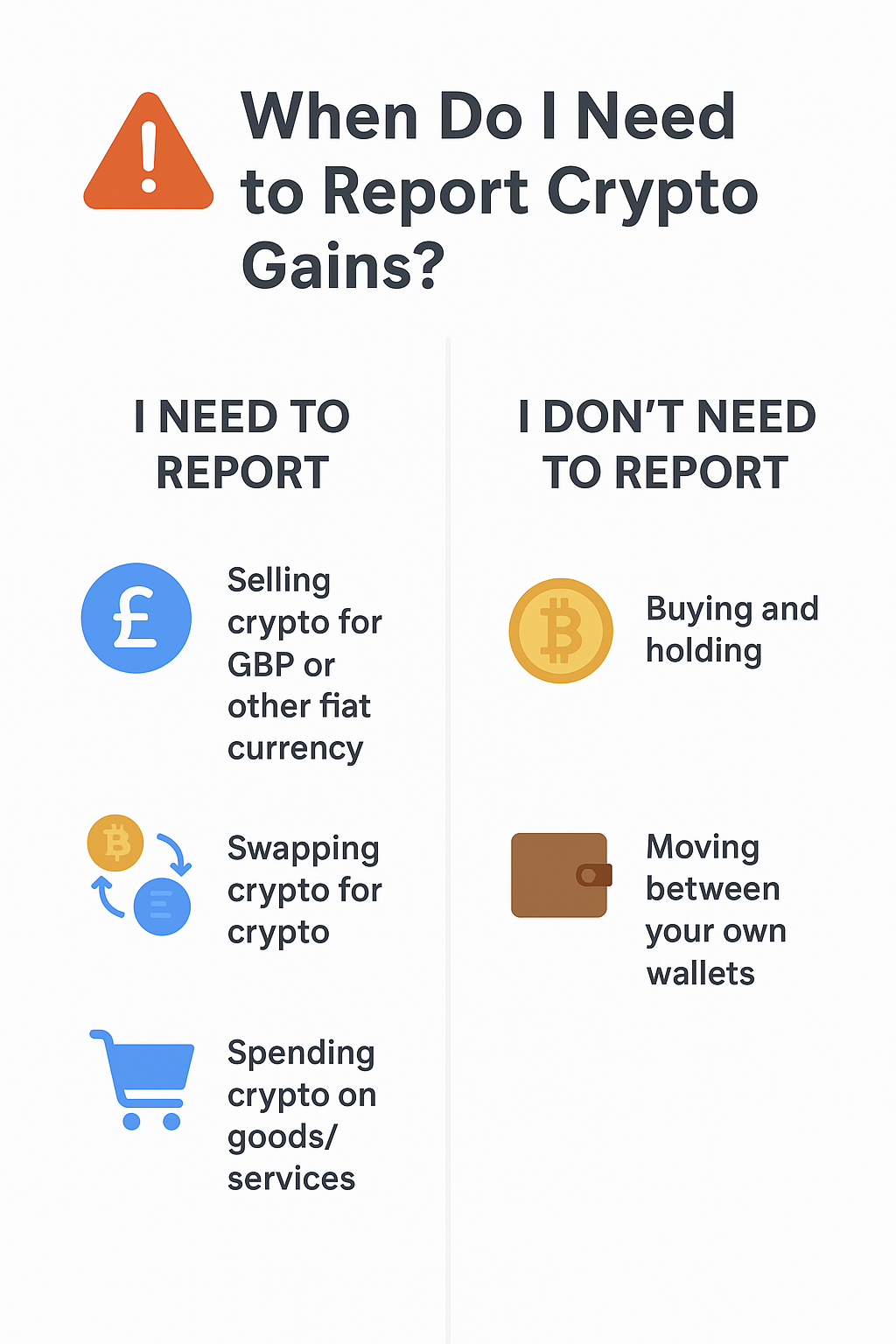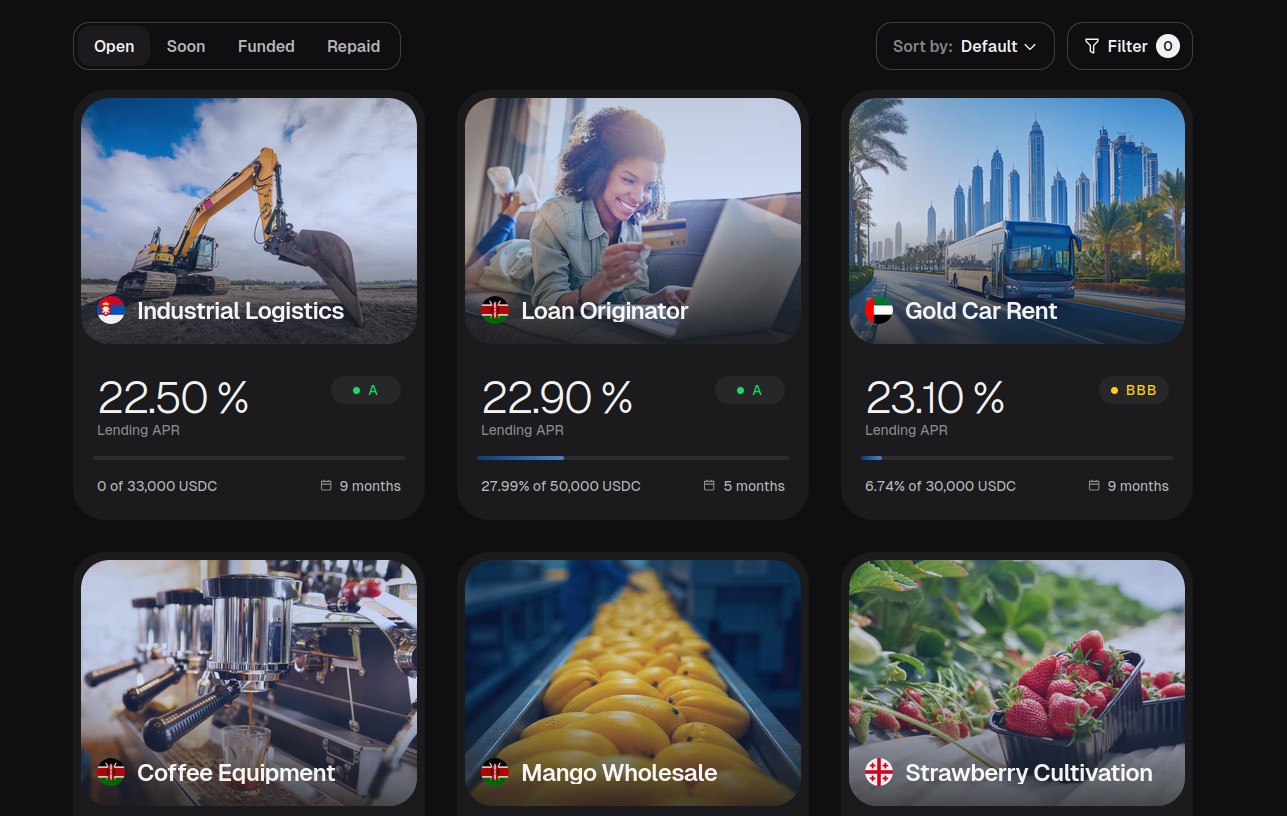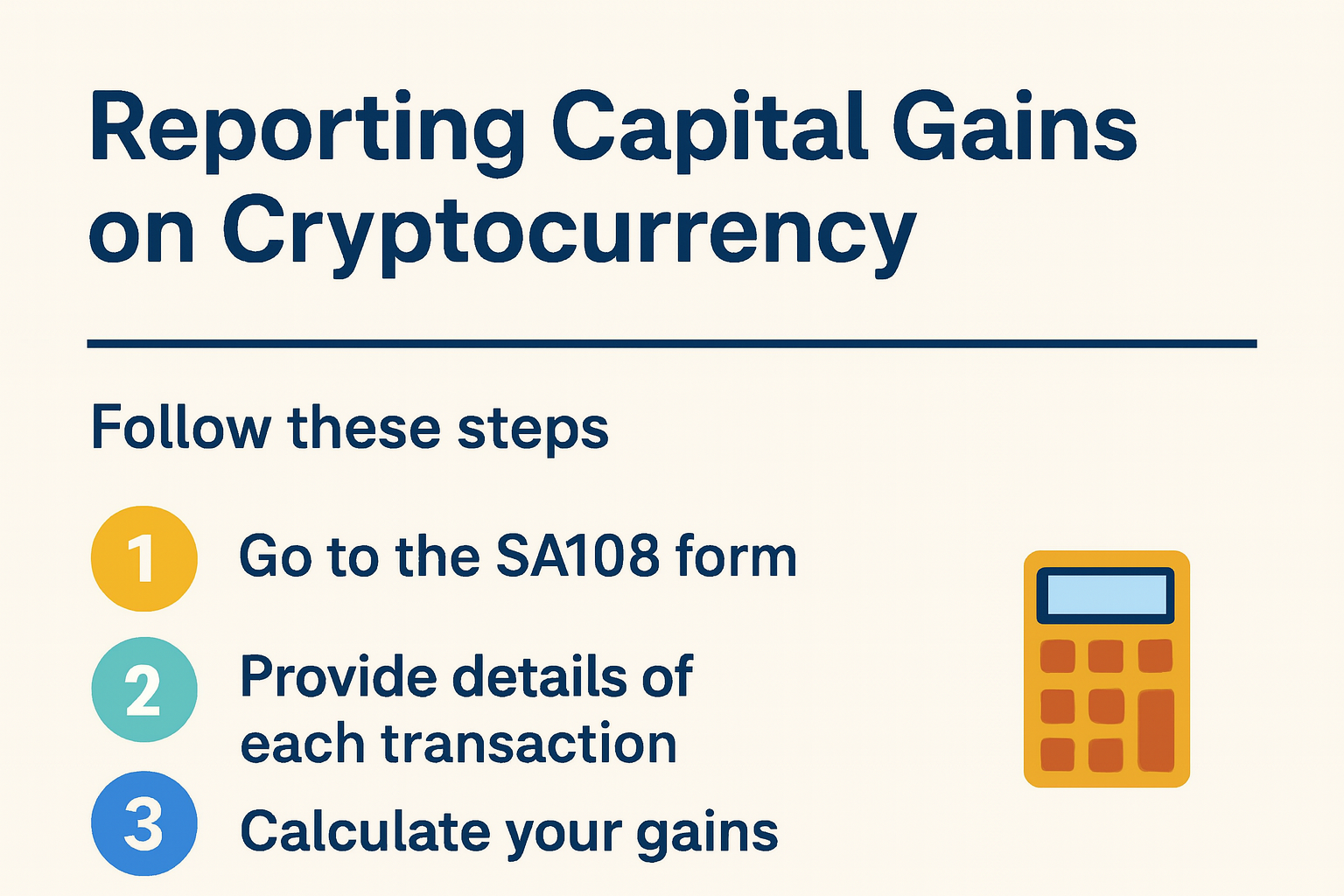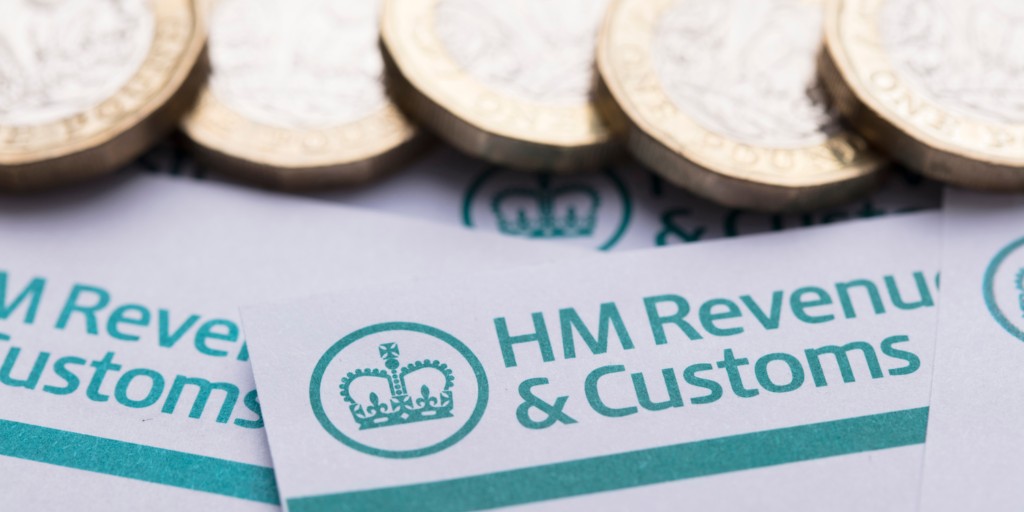The Heart of the Matter
First off is determining whether you’re obligated to file at all.
You’re obligated to file a 2024/25 self-assessment return if:
- Overall accruals (in total gains, property, as well as assets combined) surpass that yearly relief threshold of £3K.
- You earned digital currency, got rewarded for staking, caught coin drops, and mined – all side earnings to the UK, unless it’s specifically fiat cash.
- You’re already registered: for instance, you’re self-employed or collecting rent.

A Common Myth
Older British guides mention that investors need to file should they top £12K in disposals (four times the historic allowance). That rule is gone. The fiscal authority now focuses on your actual profit rather than how much you traded. This change means many small or occasional investors do not need to file.
Scenario
Say you acquired £15,000 worth of digital cash, then turned around and unloaded it, but actual takings resulted in just £1,200 – you’ve no obligation to file.
Conversely, if that were a £5,000 profit, you do have – it’s more than 3 grand. Picture it like preparing a defence, as opposed to paperwork drudgery. Good records constitute a shield if the government knocks.
Obtaining Records
Obligatory records encompass:
- Every purchase, sale, trade, or disposal.
- Time & GBP value for all duties-imposing cases.
- Which were transactions requiring state payment (for example, selling digital coins to get GBP or swapping Bitcoin for Ethereum)
- Which did not incur debt to the state (such as transferring virtual cash between two of your own wallets).
Your Secret Weapon: Software

Trying to do this with spreadsheets is possible, but it is a recipe for errors, especially with the pooling rules. UK-specific tools are game-changers here.
These tools:
- Apply Section 104 pooling rules automatically by combining your purchases into a single pool to calculate accruals.
- Handle the thirty-day-matching rule, requiring special treatment of virtual currency sold and repurchased in a month.
- Generate a final report.
- Save you days of manual work and give you peace of mind that the calculations match state expectations.
Even if you only made a few coin transactions, it is worth using public debt software at least once. It provides a baseline record that comes in handy later.
The authority’s digital systems can feel unnecessarily complex at first blush. That’s why educational platforms such as 8lends continue to focus on helping investors understand these processes in practical terms. Their coverage on compliance and digital asset reporting breaks down official procedures into plain, actionable language.
Self-Assessment Signup

Here are important notes on that.
Deadline
Registration is compulsory by October 5, 2025, through the GOV.UK website. The government will send you a 10-digit UTR. Keep it safe. In the case you’ve already entered the system because of individual proprietorship or another reason, this step is already done.
Insights like these can make a major difference when building confidence to file correctly and avoid administrative setbacks later on.
Navigating the Forms with Confidence
Once logged into the HMRC portal, the SA100 appears. The critical moment comes as this system asks about your capital gains reporting obligation. The answer is affirmative if you made disposals or income with virtual cash. This action unlocks the supplementary page SA108. Here, declare your digital assets transactions.
Filling Out the SA108
This is where your obligation calculation software report becomes invaluable. Instead of puzzling over every trade, you simply transfer totals into the form.
In the “Other property, assets and gains” section:
Describe relevant activities (for example, “Disposal of virtual cash, including Bitcoin and Ethereum”).

The October 2024 Rate Change
This year saw a major shift in public debt rates on growing capital value.
- Disposals on or after 30 October 2024: 18% for basic rate taxpayers, 24% for higher rate taxpayers.
- Disposals on or before 30 October 2024: 10% for basic rate taxpayers, 20% for higher rate taxpayers.
In the case that one sold virtual coins both prior to and after the price was adjusted, software will split those gains. Re-examine Box 51 on your SA108 to verify.
Example
You sold Ethereum on 15 October 2024 for a £2,000 profit.
You sold Bitcoin on 15 November 2024 for a £4,000 profit.
The first gain gets taxed at the old 10% or 20% rate, while the second gets taxed at the new 18% or 24% rate.
Allowances and Calculations
This stage determines your final bill.
- Apply the £3,000 annual allowance, which reduces your total taxable gains.
- Offset any losses you made in the same year. Losses are deductible against gains to reduce the amount taxed.
- Carry forward unused losses from previous years, provided you reported them to HMRC at the time.
Example
You made £7,000 in gains during the year. You had £2,000 in losses from earlier trades, and you also carried forward £1,500 from last year.
Your taxable gain becomes £7,000 – £2,000 – £1,500 – £3,000 allowance = £500.
The Final Check
Don’t neglect to compare the HMRC figures with your debt calculation software.
Look out for:
- Mismatched sums
- Blank figures in loss carryovers
- Incorrectly marked taxable or non-taxable transactions.
Only click submit when you are satisfied and sure that everything matches. Once you do, HMRC will provide a confirmation reference. Note this number, as it is your official proof of submission.
Submitting the Financial Dues
Do so by 31 January 2026, and if your dues are over a grand, you’ve got to pay next year “on account,” a.k.a. in advance: Half on 31 January 2026. Half on 31 July 2026.
It can feel like you’re forking over double, but on the contrary, that’s simply Britain’s way of spreading future financials. Should it end up overpayment, the body shall eventually return any excess.
What If You Get it Wrong?
Mistakes are common; however, UK distinguishes between honest errors and deliberate evasion.
Should one make a mistake, one can fix that on a browser. can amend your return online. Honest mistakes usually attract no penalty. Failing to submit constitutes the real danger – ending up forking over way more.
Nevertheless, the authority maintains a very intent-based approach. Filing in good faith and correcting later is far safer than avoiding obligations altogether.
Conclusion
Sorting out your digital cash obligations bridges the gap between digital coins’ chaotic early beginnings and the regulated financial reality of the future. It might feel tedious, but it’s ultimately what brings order and legitimacy to your digital investment record. As the HMRC refines its stance on digital assets, informed investors will always have the advantage.
That’s why 8lends remains dedicated to simplifying digital currency payment obligations and compliance through clear, practical explanations and data-backed insights. From understanding cost basis to mastering capital gains, every guide is written with one goal: to make the complex simple. The company also extends greater credit opportunities to credit-worthy projects and allows minimal risk enrichment opportunities to co-investors in a wide breadth of projects.








